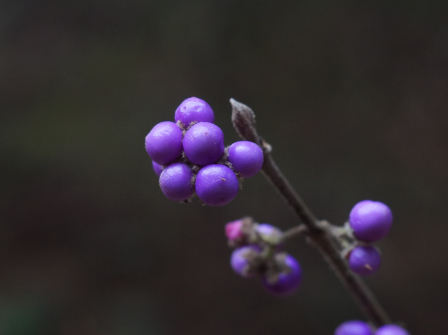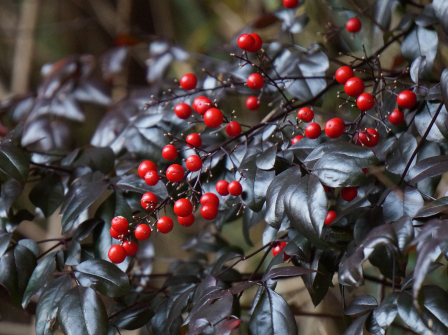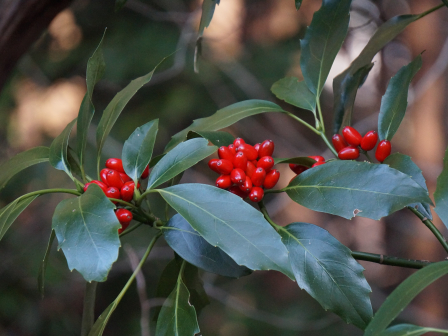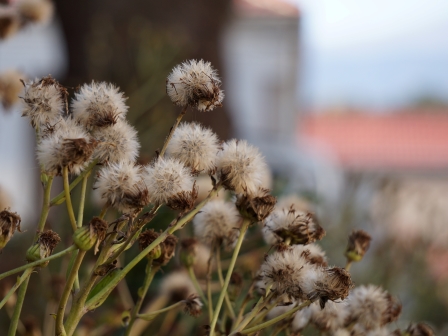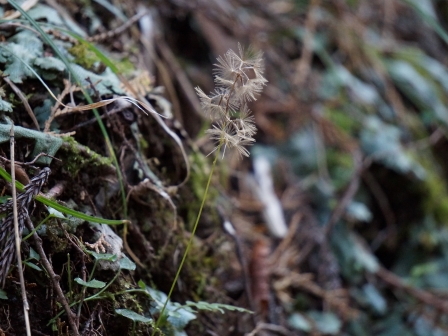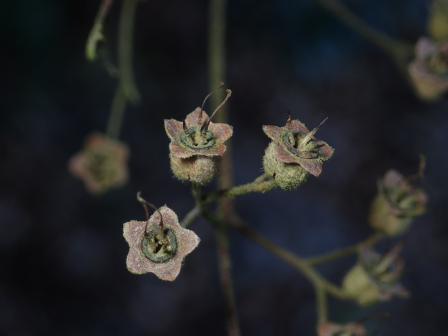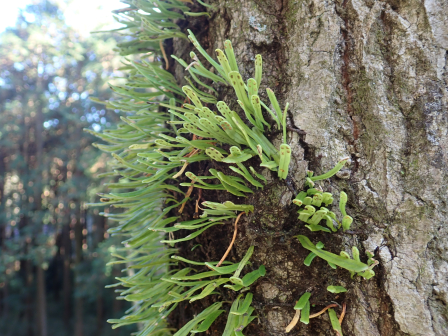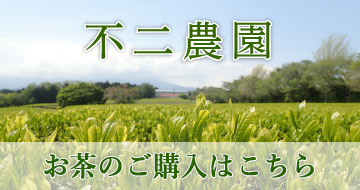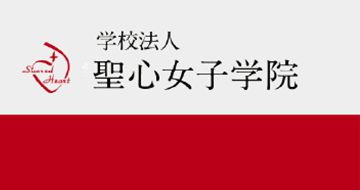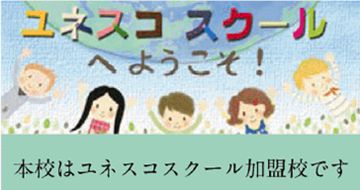フィールド日記
2023年01月
2023.01.31
クロガネモチ
共生の森に植栽されたクロガネモチが赤い実をつけています。関東以西の照葉樹林内に生育する高木ですが、公園や庭によく植えられます。若い枝や葉柄が黒紫色になることが特徴です。雌雄異株で、赤い実をつけるのは雌木だけです。
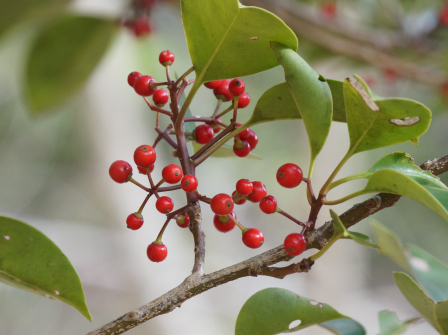
A "Kurogane-Mochi (クロガネモチ)" tree planted in the Kyosei-Forest(共生の森) is bearing red fruits. They are tall trees that originally grow in evergreen forests in the west of Kanto region, but they are often planted in parks and gardens. It's their characteristic that their young branches and leaf stems are purple. They are dioecious, so only female trees bear red fruits.
2023.01.27
センリョウ
聖心坂の近くの林内にセンリョウの赤い実が見られます。正月に赤い実をつける縁起のよい木として知られ、庭などに植えられることもあります。同じく縁起の良い木として知られるマンリョウと一緒に栽培されることもありますが、それぞれマンリョウはサクラソウ科、センリョウはセンリョウ科に属し、植物の仲間としては遠い関係にあります。
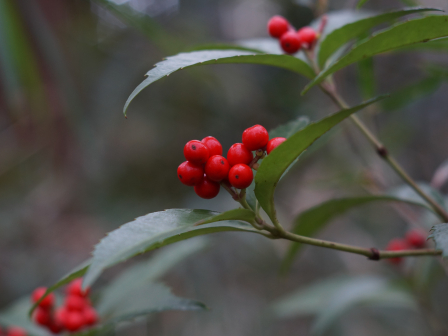
The "Senryou (センリョウ)" trees are bearing red fruits in a forest near the "Seishin Zaka(聖心坂)". They are known as lucky trees because they bear red fruits in January. "Senryou" trees are sometimes planted together with "Manryou (マンリョウ)" trees, which are known as lucky trees like the "Senryou" trees. However, the "Manryou" trees and the "Senryou" trees belong to the "Primulaceae" family and the "Chloranthaceae" family respectively, so they are not relatives to each other.
2023.01.24
ヤブムラサキ
ヒノキ林でヤブムラサキが果実をつけていました。ヤブムラサキは不二聖心の森でよく見られる木の1つです。すでに葉も実もなくなっている個体も多いですが、この個体は葉はすべて落としていますが、美しい紫の果実を多く残していました。
2023.01.20
ナンテン
聖心坂でナンテンの赤い実がなっています。縁起が良い木とされ、庭や公園にもよく植栽されています。キャンパス内では植栽されたものとともに、この個体のように栽培品が逸出したと思われるものが林縁に見られます。
The "Nanten (ナンテン)" trees are bearing red fruit on the "Seishin Zaka(聖心坂)". They are regarded as lucky trees, so they are often planted in parks and gardens. On campus, like a tree in the photo, we can see "Nanten" trees that seem to have escaped from cultivated ones as well as the ones we planted.
2023.01.17
アオキ
聖心坂の途中のアオキが赤い実をつけています。一年を通して葉や枝が青々としていることが名前の由来です。花は春に咲きますが、果実は冬に赤く熟します。アオキは雌雄異株(しゆういしゅ)といい、雄花のみが咲く雄株と雌花のみが咲く雌株に分かれています。赤い実がなっているこの木は雌木ということになります。
2023.01.13
ツワブキ
校舎の周りのツワブキが綿毛をつけ始めました。タンポポに比べると小さめですが、淡褐色の丸い綿毛をたくさんつけていて、よく目立ちます。本来は海岸近くに自生しているようですが、庭などによく植えられています。
The "Tsuwabuki (ツワブキ)" plants are bearing puffballs around the school building. Although their puffballs are a little smaller than those of dandelions, they stand out because they have many light brown round-shaped puffballs. "Tsuwabuki" plants originally grow near coasts, but they are often planted in gardens.
2023.01.10
キッコウハグマ
ヒノキ林でキッコウハグマが果実をつけています。果実にはがくが変化した羽毛状の冠毛があります。花は秋に咲きますが、蕾状のまま花が開かない閉鎖花をつけることが多く、キャンパス内では花びらが開いた状態の開放花を見たことがありません。
The "Kikkou-Haguma (キッコウハグマ)" plants are bearing fruits in the Japanese cypress woodland. Their fruits have plumy crests on its top, which are transformed from calyxes. They bloom in fall, but in most cases, they bear cleistogamous flowers that don't open their petals. I have never seen their chasmogamous flowers on campus that open their petals.
2023.01.06
マルバウツギ
マルバウツギの果実が見られます。林縁によく見られる低木で、花は春に咲きます。果実はカップ状で、中には細かい種子が入っています。果期にも5枚のがくが残っており、上から見ると星形に見えます。
The "Maruba-Utsugi (マルバウツギ)" trees are bearing fruits. They are shrubs that are usually seen at forest edges and bloom in spring. Their cup-shaped fruits contain many small seeds inside. Their five sepals still remain during the fruiting period, so they look like a star seen from above.
2023.01.03
ヒメノキシノブ
クヌギ林でヒメノキシノブが見られます。樹幹や岩上に見られるシダ植物です。近縁のノキシノブに比べて葉が短く、先端が丸いことが特徴です。葉の裏には丸い胞子のう群が見られます。キャンパス内では、ノキシノブに比べて個体数はとても少ないです。
- 1 / 1


